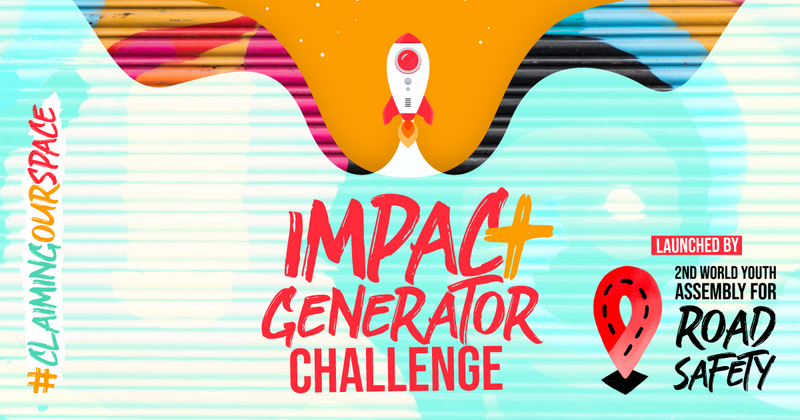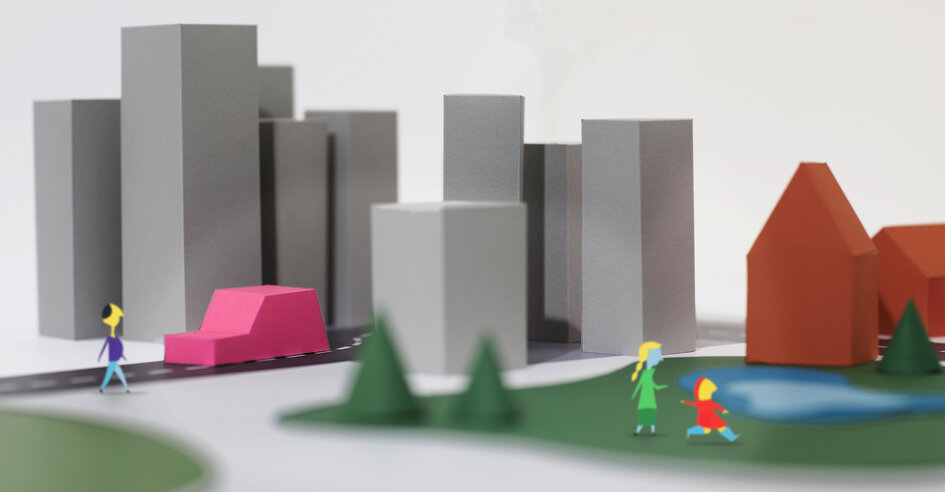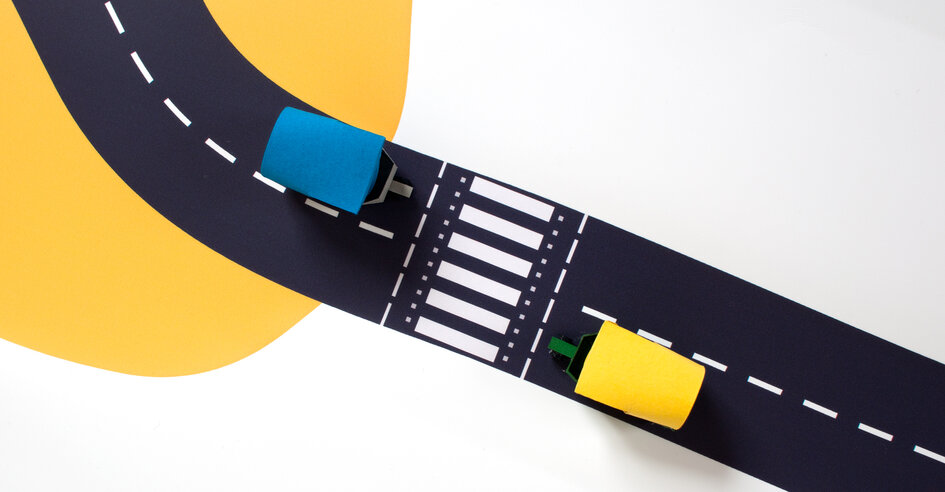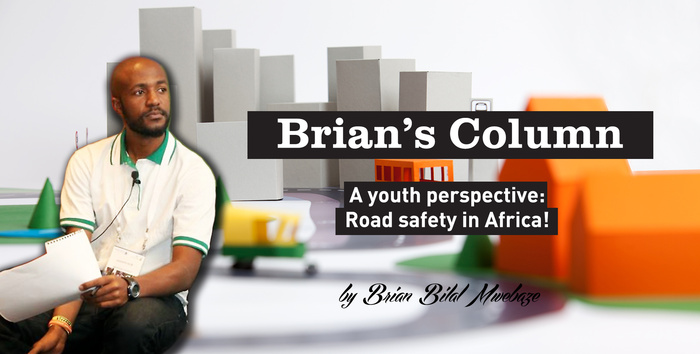
Check out the Highlights video and reports from the World Youth Assembly
Only a few months back we were wrapped up warm in Stockholm, Sweden for the 2nd World Youth Assembly for Road Safety. This momentous event we as YOURS helped initiate was a stepping stone for the youth and road safety movement globally. We are super excited to share the Highlights Video from the Assembly and the full report illustrating the concept of the Assembly all the way through to the execution and follow up.
Are you ready to relive the memories and action from the 2nd World Youth Assembly for Road Safety? The video above is a highlights reel capturing the energy, dynamism, creativity and passion illustrated by all of the young people and speakers involved! Check out the artistic video and feel free to share it!
About the Assembly
The 2nd World Youth Assembly for Road Safety took place on February 18, 2020 in Stockholm, Sweden, under the framework of the 3rd Global Ministerial Conference on Road Safety.
The main goal of the Assembly was to save young lives on the world’s roads and help reach the Global Goals targets 3.6 and 11.2, by: mobilizing and inspiring global youth to advocate for road safety; empowering young people and pushing for meaningful youth engagement on designing, implementing and evaluating a safe mobility system.
The Youth Assembly was initiated by YOURS – Youth for Road Safety and co-sponsored by the World Health Organization (WHO). The main partners were Michelin Corporate Foundation and Total Foundation. Partners of the Assembly were Fundación MAPFRE and VOLVO Group.
The Youth Assembly was organized for youth, by youth. The Global Youth Taskforce, a selected group of 11 young leaders from around the World, led the organization and creation of the event.

Before the Assembly, the Youth Consultations took place in more than 50 countries from all parts of the globe. Through the Youth Consultations, the young leaders discussed the reality of road safety and safe mobility in their areas and shared their main challenges, demands and commitments. 1500+ youth participated in 200 Youth Consultations and with those results, the Youth Taskforce drafted a document that summarized the current situation of road safety for youths: The Global Youth Statement for Road Safety.
The Youth Assembly was attended by 160+ young leaders from 74 countries. The attendees were gender balanced and represented the six regions of the world. In addition, they came from different sectors such as academia, civil society, governments, corporations and multilateral institutions.
The Assembly’s programme combined different activities. In the morning, plenary sessions took place with speakers from different sectors and regions. Furthermore, the results of the Youth Consultations were presented and the Global Youth Statement for Road Safety was officially adopted. During the coffee breaks and lunch there was an opportunity to network, visit the art exhibition, listen to live performances and share thoughts at the expression wall. During the afternoon, 6 parallel sessions took place where youth leaders exchanged ideas with international experts about topics directly related to road safety such as: climate, health, equality, participation, sustainable cities and advocacy. After discussing the future of road safety with the Transport Ministers from Iceland and South Africa, the programme moved towards the Impact Generator Challenge Finals, where 3 winners got financial and technical support for their youth-led projects in Colombia, Botswana and Tajikistan.

Based on the evaluation of the Assembly, the desire of the youth delegates and the Global Youth Taskforce is to ramp up youth efforts and its impact. It is their wish to launch a Global Youth Coalition for Road Safety that is claiming their space on a much larger scale: globally advocating for road safety and increasing local youth-led activities on the ground. Both efforts will energize a road safety revolution and lead to saving young lives on our roads.
Executive Director of YOURS, Floor Lieshout said, “We do our utmost best to continue to support the amazing youth leaders in the near future, while we face an unprecedented pandemic. we count on their creativity and we will find alternative ways to move forward in the short term”.














